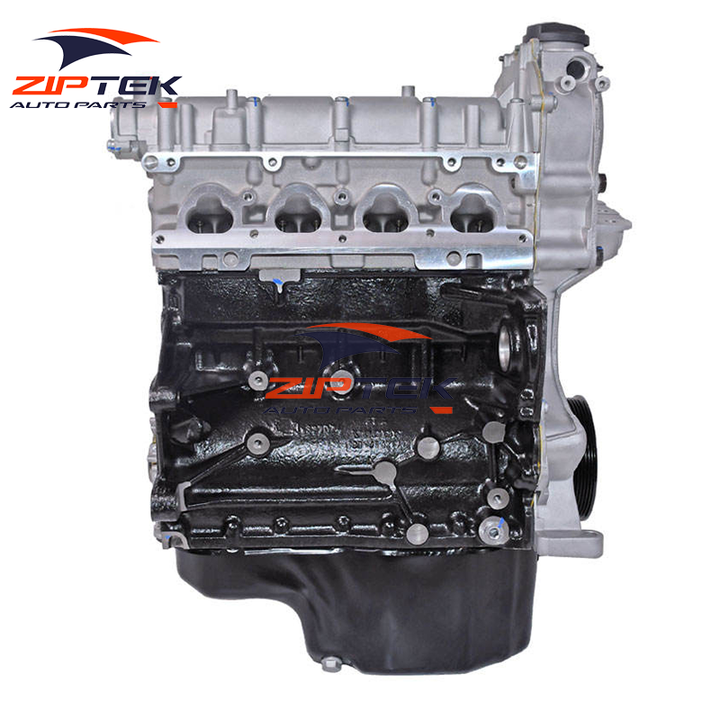Discover a high-efficiency clp engine for your equipment.
Discover a high-efficiency clp engine for your equipment.
Blog Article
Just How a Clp Engine Can Enhance Efficiency in Various Industries
The advent of CLP engines notes a substantial change in functional performance across different sectors, driven by their ability to maximize fuel intake and lessen downtime. Industries such as manufacturing and logistics stand to get significantly from their durable layout and constant power result, which guarantee to simplify operations and boost efficiency. As organizations significantly focus on sustainability along with efficiency, the duty of CLP engines comes to be much more critical. What stays to be seen is just how these improvements will certainly form the future landscape of commercial operations and their effect on more comprehensive financial fads (clp engine).
Introduction of CLP Engines
CLP engines, or Continual Fluid Propellant engines, represent a significant development in propulsion innovation, especially for room applications. These engines make use of a constant feed system that enables for the sustained expulsion of propellant, resulting in boosted effectiveness and efficiency contrasted to typical solid or hybrid propulsion systems. By preserving a continuous flow of liquid propellant, CLP engines can attain a lot more precise thrust control, which is critical for maneuvering spacecraft in different objective circumstances.
The layout of CLP engines integrates advanced products and cutting-edge fuel management systems. clp engine. This causes reduced weight and raised integrity, necessary factors for long-duration area goals. The constant operation minimizes the danger of burning instability, an usual difficulty in traditional rocket engines.

Benefits in Manufacturing
The production of Continuous Liquid Propellant (CLP) engines presents several significant advantages that improve both efficiency and cost-effectiveness. Among the primary advantages is the streamlined manufacturing process, which lowers the intricacy connected with typical propulsion systems. By using fluid propellant, producers can accomplish greater accuracy in engine efficiency, causing enhanced energy output and decreased waste.
In addition, CLP engines promote a greater level of modularity, enabling easier integration into numerous manufacturing lines. This adaptability can dramatically lower preparations and improve overall functional flexibility. Using CLP modern technology likewise tends to decrease the requirement for comprehensive upkeep because of less moving components, which translates right into reduced downtime and functional costs.

Applications in Logistics
Leveraging Constant Liquid Propellant (CLP) engines in logistics provides considerable advantages in operational efficiency and dependability. These engines supply a durable option for different transport demands, enabling the seamless motion of items across substantial distances. The intrinsic layout of CLP engines enables for regular power result, which translates right into smoother and extra foreseeable transport timetables.
One of the vital applications of CLP engines in logistics remains in durable freight transportation, where they can drive both ground and airborne cars. Their ability to maintain high performance under differing load problems guarantees that distribution timelines are fulfilled, therefore boosting consumer contentment. Additionally, CLP engines can be incorporated right into automated logistics systems, promoting real-time monitoring and optimizing course preparation.
Moreover, the toughness of CLP engines minimizes maintenance downtime, permitting logistics firms to maximize their functional abilities. This is particularly beneficial in warehousing operations, where effectiveness in dealing with and transporting goods is crucial. As logistics remains to advance, the integration of CLP engines stands for a forward-thinking approach that not just improves efficiency yet likewise supports the market's growing demands for dependability and speed.
Influence on Energy Effectiveness
How do Continuous Liquid Propellant (CLP) engines improve energy efficiency in transportation? CLP engines utilize a Discover More Here regular flow of fluid fuel, maximizing burning procedures and maintaining a stable thrust outcome. This style decreases power losses linked with traditional burning engines, where fuel distribution can vary and lead to inefficiencies.
The constant operation of CLP engines permits a much more reliable thermal cycle, causing greater specific impulse compared to traditional engines. clp engine. This equates to decreased gas consumption for the same quantity of work done, dramatically decreasing operational costs across numerous transport industries, consisting of aviation and maritime sectors
Moreover, the ability of CLP engines to preserve optimal performance under varying load conditions decreases the requirement for regular acceleration and deceleration, further boosting fuel efficiency. Enhanced energy effectiveness not only adds to cost financial savings yet also results in reduce greenhouse gas exhausts, aligning with global sustainability objectives.
Future Trends and Innovations
Emerging improvements in Continuous Liquid Propellant (CLP) engine technology guarantee to revolutionize the landscape of transportation performance and sustainability. As sectors pivot toward greener alternatives, CLP engines stand at the forefront, incorporating ingenious materials and layout methods that improve efficiency while reducing ecological impact.
Among the most encouraging trends is the fostering of hybrid systems that integrate CLP engines with renewable resource sources. This synergy can optimize fuel usage and minimize exhausts, lining up with international sustainability goals. Advancements in computational liquid characteristics (CFD) are assisting in the layout of more aerodynamically effective engines, leading to lowered drag and improved gas efficiency.
In addition, the development of wise monitoring systems is readied to enhance operational performances. These systems take advantage of data analytics and IoT innovation to optimize engine efficiency in real-time, making sure that the engines operate within their most reliable criteria.
As research continues to explore different propellant formulas-- such address as biofuels and artificial fuels-- the future of CLP engines looks encouraging. By taking advantage of these technologies, sectors can not just enhance their performance but also contribute dramatically to a cleaner, extra sustainable future in transportation.
Verdict
In conclusion, CLP engines stand for a substantial development in performance throughout numerous industries. The assimilation of innovative materials and less relocating components reduces maintenance demands, while alignment with sustainability goals positions CLP engines as an essential modern technology for the future.
Report this page